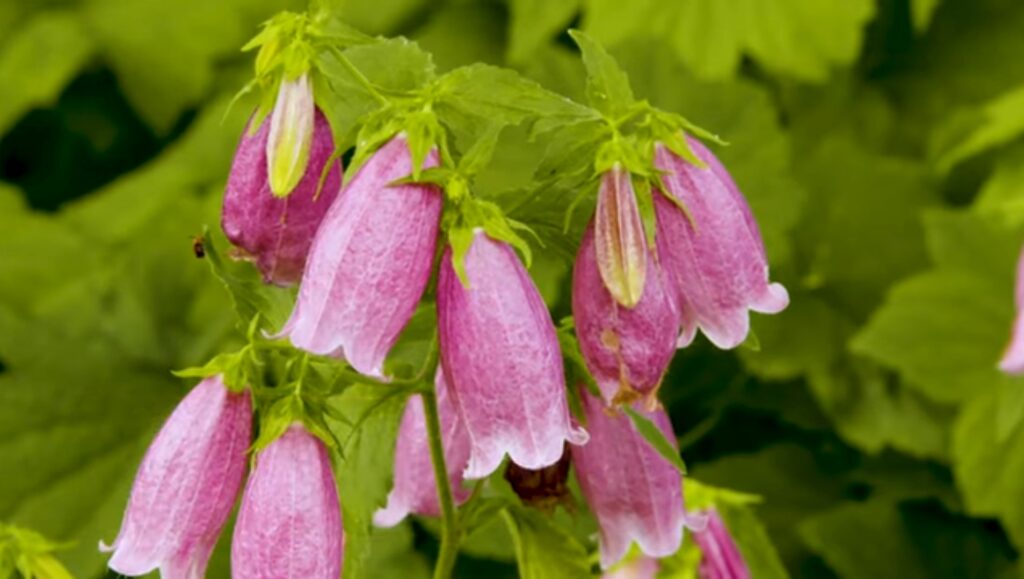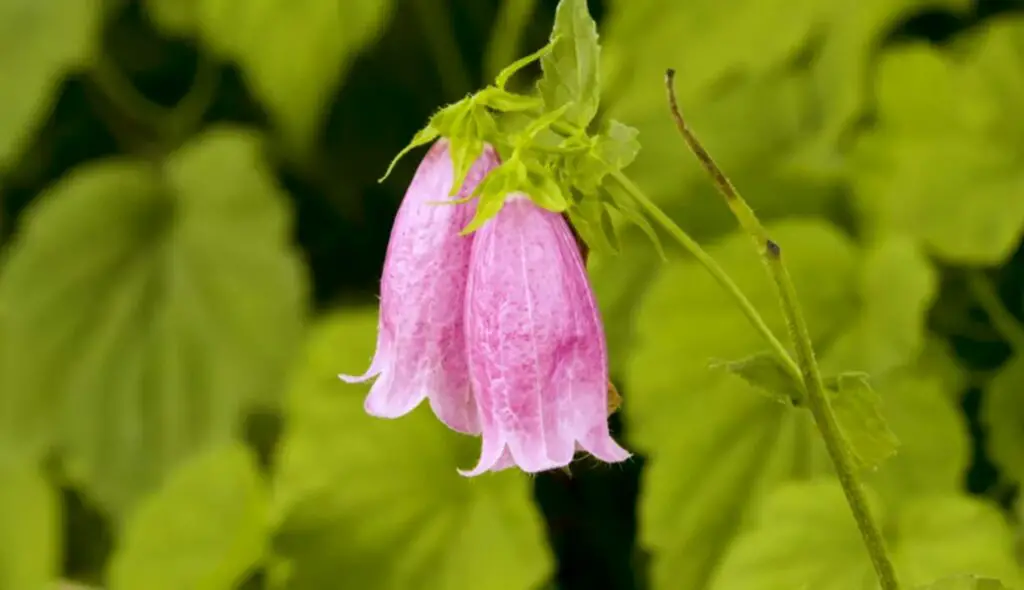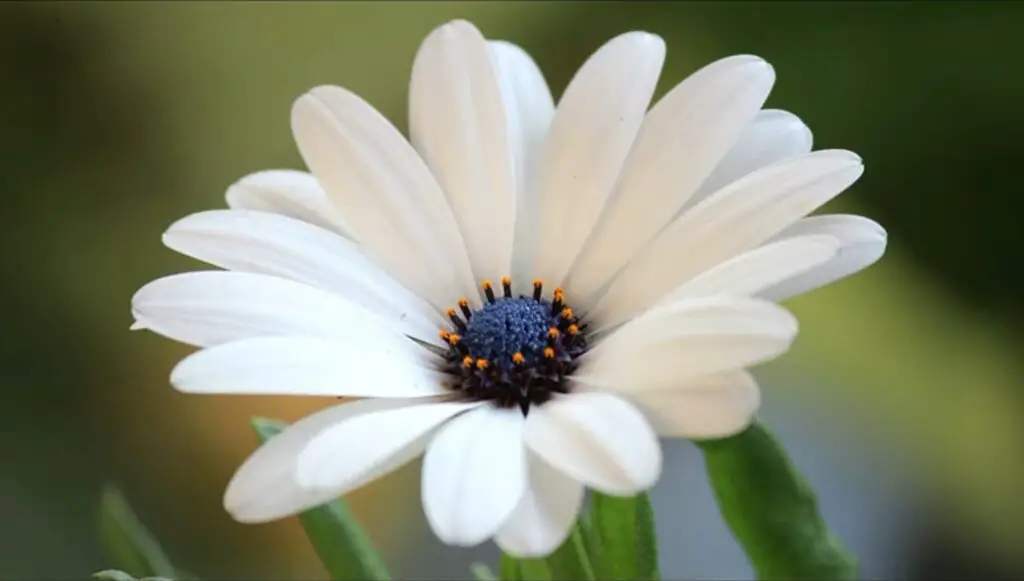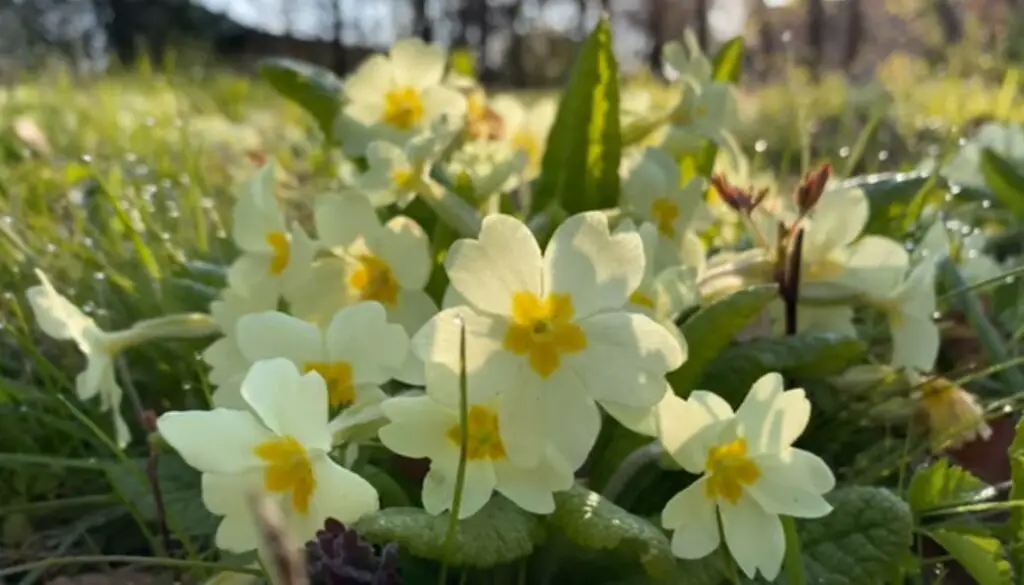Bellflowers, also known as Campanula, are a family of flowering plants that are native to Europe and Asia. They are a popular choice among gardeners due to their delicate, bell-shaped flowers that add a touch of elegance and charm to any garden.
Features of Bellflowers
One of the most distinctive features of bellflowers is their flowers. They have a bell-shaped bloom with five petals that range in color from blue and purple to pink and white. The flowers are typically found on tall stems that can reach up to 3 feet in height. The flowers have a sweet fragrance that is particularly attractive to bees and other pollinators.
Bellflowers are relatively easy to grow and care for, making them a great choice for gardeners of all levels. They prefer well-drained soil and moderate amounts of sunlight, making them a great choice for both sunny and shaded areas of the garden. They are also fairly resistant to pests and diseases, which makes them a low-maintenance addition to any garden.

Bell Flower Variety
Bellflowers come in many different varieties, each with their own unique characteristics. Some varieties are annuals, while others are perennials that will come back year after year. Some varieties are ground covers that will spread out and cover large areas of the garden, while others are taller plants that can be used as a focal point in a garden bed.
In addition to their beauty, bellflowers have also been used for medicinal purposes for centuries. They contain compounds that are thought to have anti-inflammatory and pain-relieving properties, and have been used to treat a variety of ailments, including headaches and joint pain.
Medicinal uses of Bell flower?
Bellflower, also known as Campanula, is a diverse genus of flowering plants that includes many different species. Various parts of the bellflower plant have been used for medicinal purposes in traditional and folk medicine. However, it’s important to note that scientific research on the medicinal uses of bellflower is limited, and the efficacy and safety of these uses might not be well-established. Here are some of the potential medicinal uses of bellflower:
-
Respiratory Health: Some species of bellflower have been used in traditional medicine to address respiratory issues. The plant’s expectorant properties might be used to alleviate symptoms of coughs, bronchitis, and other respiratory discomforts.
-
Anti-Inflammatory Effects: Bellflower extracts have been suggested to have anti-inflammatory properties. These properties could potentially make bellflower useful in managing conditions involving inflammation, such as arthritis or skin irritations.
-
Digestive Aid: In some traditional systems of medicine, bellflower has been used to aid digestion and relieve gastrointestinal discomfort. However, more research is needed to validate these claims.
-
Diuretic Properties: Certain species of bellflower have been used as diuretics to promote urination and help with water retention. This use might be related to the plant’s potential impact on kidney function.
-
Wound Healing: In some cultures, bellflower has been used topically to promote wound healing and treat minor skin injuries. This is likely due to its potential anti-inflammatory and soothing properties.
-
Antioxidant Benefits: Some research suggests that certain compounds found in bellflower plants have antioxidant properties. Antioxidants help protect cells from damage caused by free radicals and oxidative stress.
-
Traditional Uses: Different cultures have used bellflower for a variety of traditional purposes, such as in herbal teas, tonics, or poultices. The specific uses can vary based on cultural practices and local beliefs.
It’s important to approach the medicinal uses of bellflower with caution and to consult with a healthcare professional before using it as a remedy. Scientific research is limited in this area, and there might be potential risks or interactions with other medications. If you’re interested in using bellflower or any other herbal remedy, it’s a good idea to discuss it with a healthcare provider who can provide personalized guidance based on your health condition and needs.
Colors of Bell Flowers
Bellflowers, belonging to the Campanula genus, come in a variety of colors. The color of bellflowers can range from white and pale pink to deep purple, blue, and even shades of lavender. Different species of bellflowers can have different color variations, and within a single species, there can be variations in flower color as well. The name “bellflower” is derived from the shape of the flower, which resembles a bell or cup.
Here are some common colors you might find in bellflowers:
-
Blue: Many bellflower species have blue flowers, ranging from pale sky blue to deeper shades of blue.
-
Purple: Purple bellflowers are also quite common, with colors ranging from light lavender to rich, deep purple hues.
-
Pink: Some species of bellflowers produce pink flowers, ranging from light pastel shades to brighter pinks.
-
White: White bellflowers have delicate and elegant blooms that stand out against their green foliage.
-
Lavender: Lavender-colored bellflowers fall between shades of blue and purple, often displaying a soft and calming hue.
-
Mixed Colors: Some cultivars and hybrids of bellflowers might exhibit mixed colors, combining shades like blue and white, or pink and purple.
Overall, bellflowers are known for their charming and bell-shaped flowers, and their wide range of colors makes them popular choices for gardens and floral arrangements.
In conclusion, bellflowers are a beautiful and elegant addition to any garden, with their delicate blooms and sweet fragrance. Whether used for their beauty or their medicinal properties, bellflowers are a true symbol of the beauty and complexity of the natural world. With their many varieties and low-maintenance nature, they are a great choice for gardeners looking to add a touch of elegance to their outdoor spaces.







